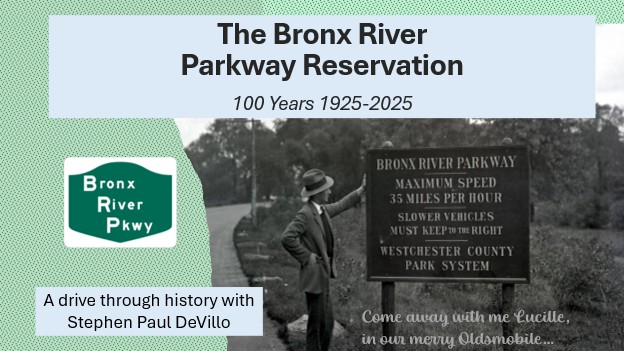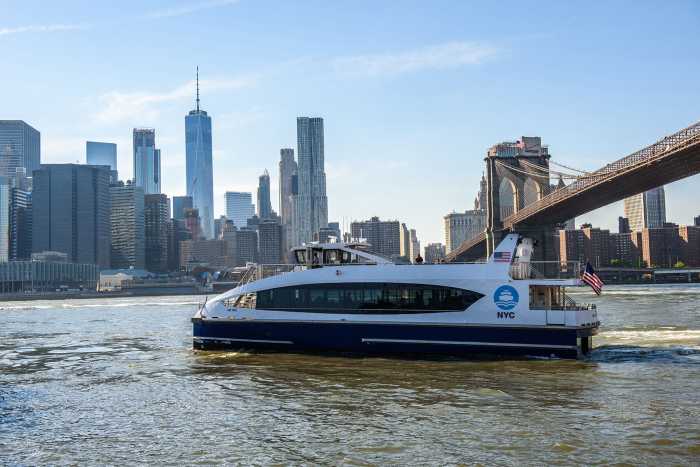The MTA’s overtime expenses reached a stunning $1.3 billion last year — a 16 percent increase over 2017.
And while many of the highest-paid workers and biggest overtime earners were Long Island Rail Road workers, MTA chief executive Pat Foye has ordered an agencywide study of overtime regulations, claims and payments, along with how work hours and attendance are verified.
That’s crucial. But the overtime story is part of a larger picture of dysfunction that’s expected to crystallize in the coming months: No effort to reform the nation’s largest public transit system will succeed without significant changes to its union contracts, including work rules, pay and guidelines that allow excess overtime to pad pensions.
Most of the MTA’s 74,000 employees are governed by collective bargaining agreements that expire this year. That includes the Transport Workers Union, which represents subway and bus workers.
A report by the nonprofit Citizens Budget Commission, which studies state and NYC finances, painted a dreadful picture of the MTA’s fiscal outlook. The commission argued correctly that labor costs must be controlled, noting that MTA wage growth has outpaced that of other public unions, while worker contributions to benefits are lower than those by other state employees and nonunion MTA workers. And while some overtime is necessary, excessive costs raise serious concerns about the MTA’s fiscal stability and a culture that allows senior workers to take the spoils. And where in the stew is the safety of the employees, who put in punishing hours and do risky work?
Work rules that can make schedules more flexible, shift seniority guidelines, add automation and ease the limitations of strictly defined job titles must be on the table, too. The only way to turn the MTA into a well-run, well-managed bureaucracy is if it can free itself from the constraints of ancient work rules and practices.
In 2014, Gov. Andrew Cuomo brokered deals with MTA unions that failed to deliver needed change. This time, MTA officials and the governor must pair reforms with a fair deal for transit and rail workers. And the unions must be part of the solution to the MTA’s problems.




































